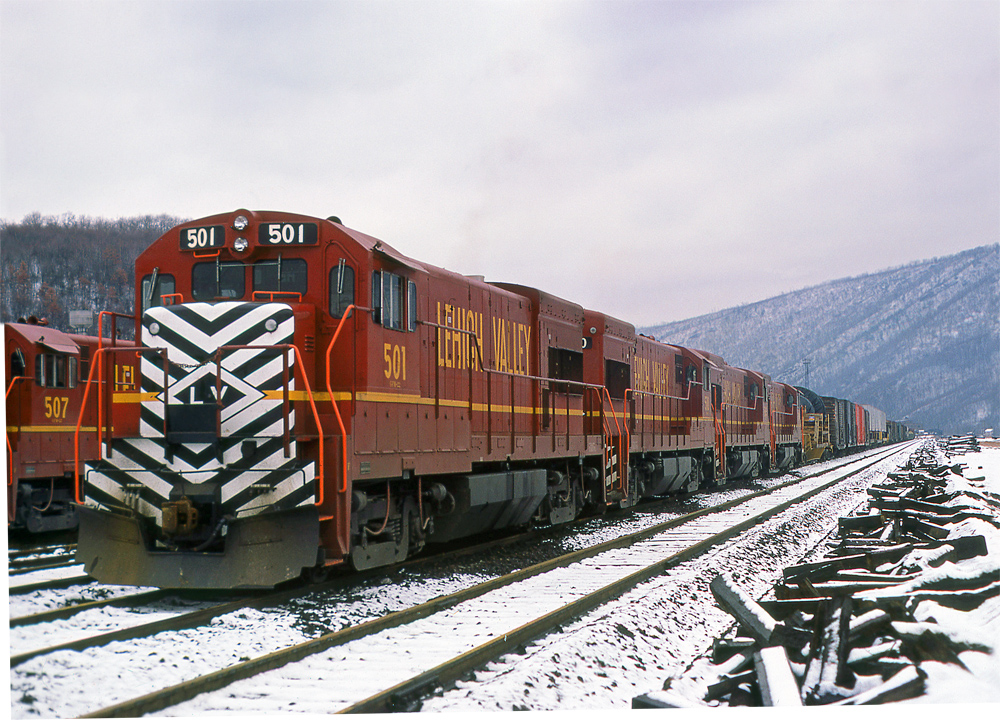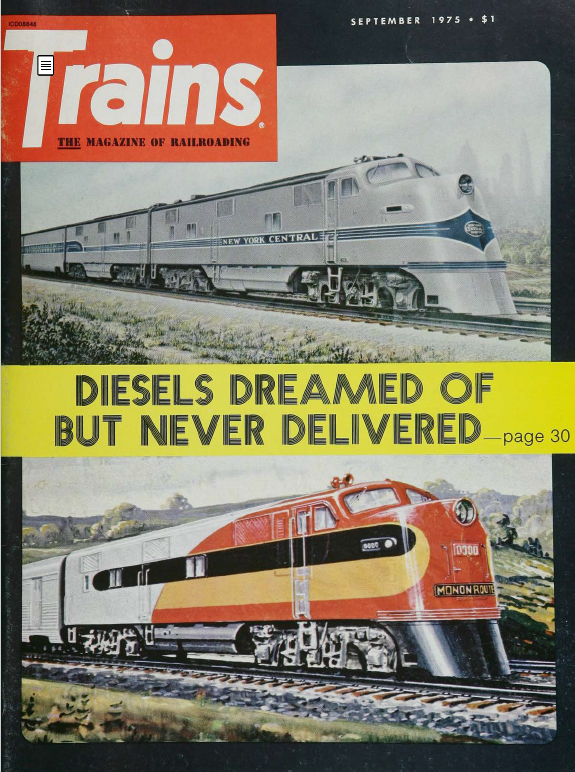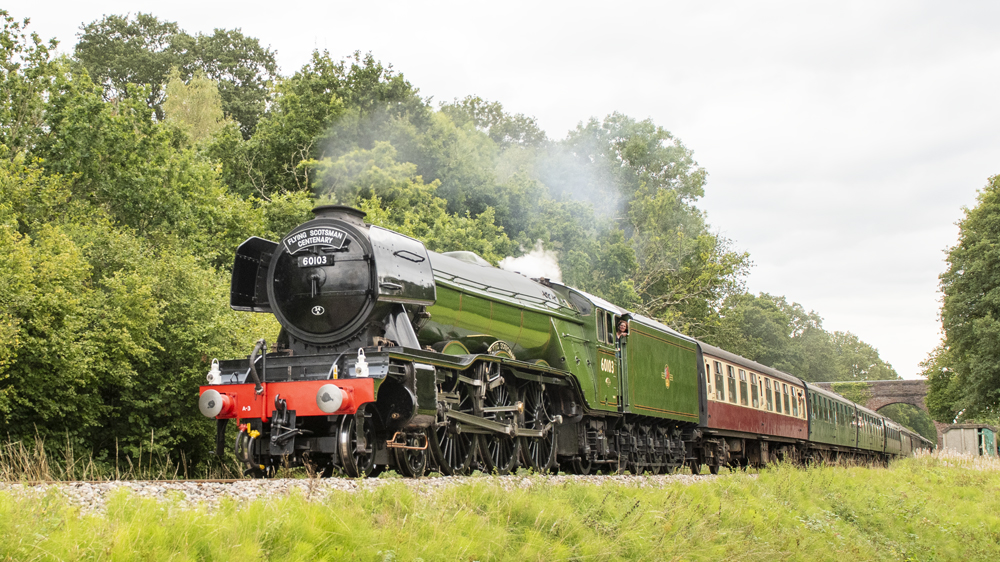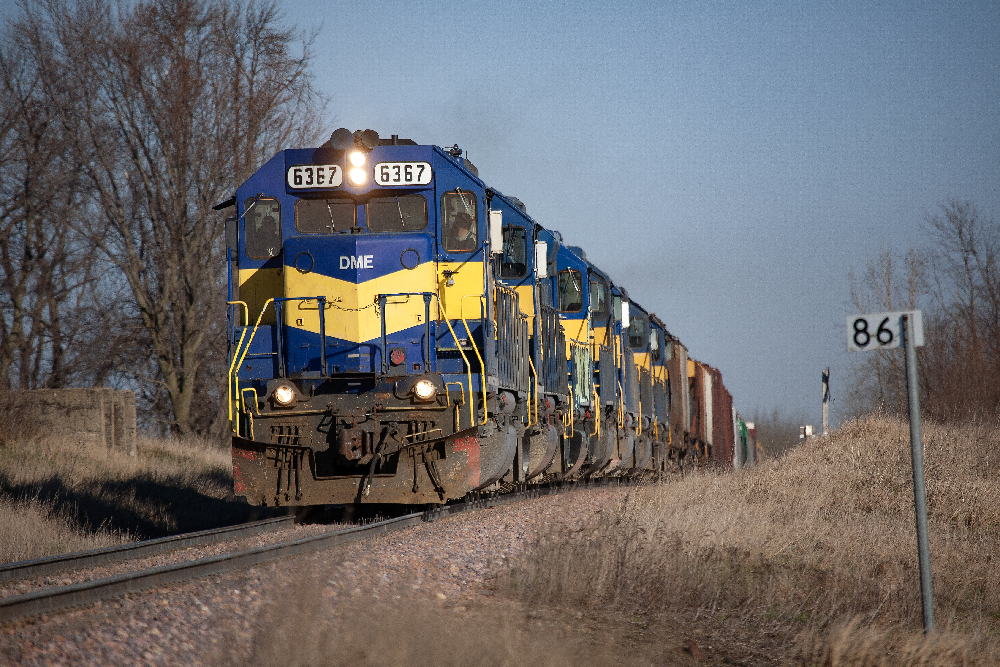Allentown kaleidoscope

When I was a young boy in the 1960s, my family lived within earshot of the Lehigh Valley’s West End industrial branch that traversed the north side of Allentown, Pa. Weekday summer entertainment included a run to my backyard whenever I heard an approaching diesel switcher. As the local passed, I faithfully counted each freight car.
By the mid-1970s, I expanded my contact with the railroading world — first by foot and then bicycle — to the environs of Allentown Consolidated Yard. The Lehigh Valley and Reading main lines converged in the yard, the Lehigh Valley having assumed ownership in 1972, following the withdrawal of original proprietor Central Railroad of New Jersey.
As if the colorful diesel locomotive consists of the Lehigh Valley and Reading were not enough, Chessie System road engines frequently arrived on several Reading freights. The Lehigh Valley, short of motive power during the period, employed leased equipment from several roads. Following the 1976 creation of Conrail, Delaware & Hudson run-throughs utilizing trackage rights, visited regularly, sometimes arriving with pooled blue or black Norfolk & Western units.
At first, my mother’s Kodak Instamatic camera provided practice in the basic skills of railroad photography. Later, with savings earned from a newspaper route and work behind a soda fountain counter, I purchased a 35mm camera.
My interest in railroads continued after high school when I enlisted in the U.S. Army in 1975. My military pay provided the means for making payments on a compact car. With the independence of personal transportation, I spent many off-duty hours alongside the Seaboard Coast Line in eastern North Carolina.
During extended holiday weekends and occasional Army leaves, I came home to Pennsylvania and reacquainted myself with Allentown Yard. Under Conrail, the variety of observable locomotive paint schemes multiplied. Motive power decorated in the various colors of the newly formed railroad’s bankrupt predecessors paraded through town. Although Penn Central black increasingly obscured the kaleidoscope, fresh Conrail blue restored the usual hodgepodge of color.
In early March 1977, while home on an Army leave, I drove to my usual train-watching vantage point. Located in a municipal park at the western end of Allentown Yard, two mainline tracks were visible. The former Reading main line departed the yard in a westward direction, crossing the Lehigh River by way of a girder deck bridge. The ex-Lehigh Valley main (originally Central of New Jersey) diverted northward, following the east bank of the Lehigh River.
Not yet in possession of a scanner, I utilized a regular transistor radio capable of receiving VHF broadcasts. Through previous radio experimentation, I discovered the precise frequency for intercepting railroad communications. The radio soon crackled with instructions for an approaching southbound D&H freight on the Lehigh line. The tower operator relayed an order to stop at the next signal, yielding to a departing Conrail westbound. His directive revealed D&H No. 2305 as the lead unit, a familiar General Electric U23B.
Shortly thereafter, the Conrail westbound crept out of the yard. I stepped out of my car, framed the oncoming train in my viewfinder, and added another example of Penn Central black to my photo collection. A freshly painted Conrail caboose, tacked to the train’s end, soon passed.
I then noticed a young man with a camera strung around his neck walking alongside the track. I did not recognize him as one of the regular railfans who frequented the area. As a courtesy, I decided to offer him information on the southbound manifest.
“There’s a D&H U-boat coming down the Lehigh,” I said as he approached.
“U-Boats! In the Lehigh River?” His startled reply caught me off guard.
“You’re not taking train photos?” I sheepishly asked.
“No. I’m taking pictures of the high power lines that cross the river here,” he stated.
“Sorry about that,” I apologized. “I was referring to a train that is nearby. U-boats are a nickname for a type of railroad locomotive.” He nodded with a semblance of understanding. As he walked away, I detected a modest exhale of relief.
As I retreated to my car, my embarrassment turned to amusement. As I drove away, I imagined the sight of enemy submarines patrolling the shallow depths of the Lehigh River. I was accustomed to foreign visitors of the locomotive variety. But even my military training did not prepare me for naval warfare! Obviously, the actual foreigner that day, in the form of railroad machinery, was more mundane. But I often wonder if that man still remembers his brief moment of bewilderment as clearly as I do.














An amusing memory well told. Thanks.